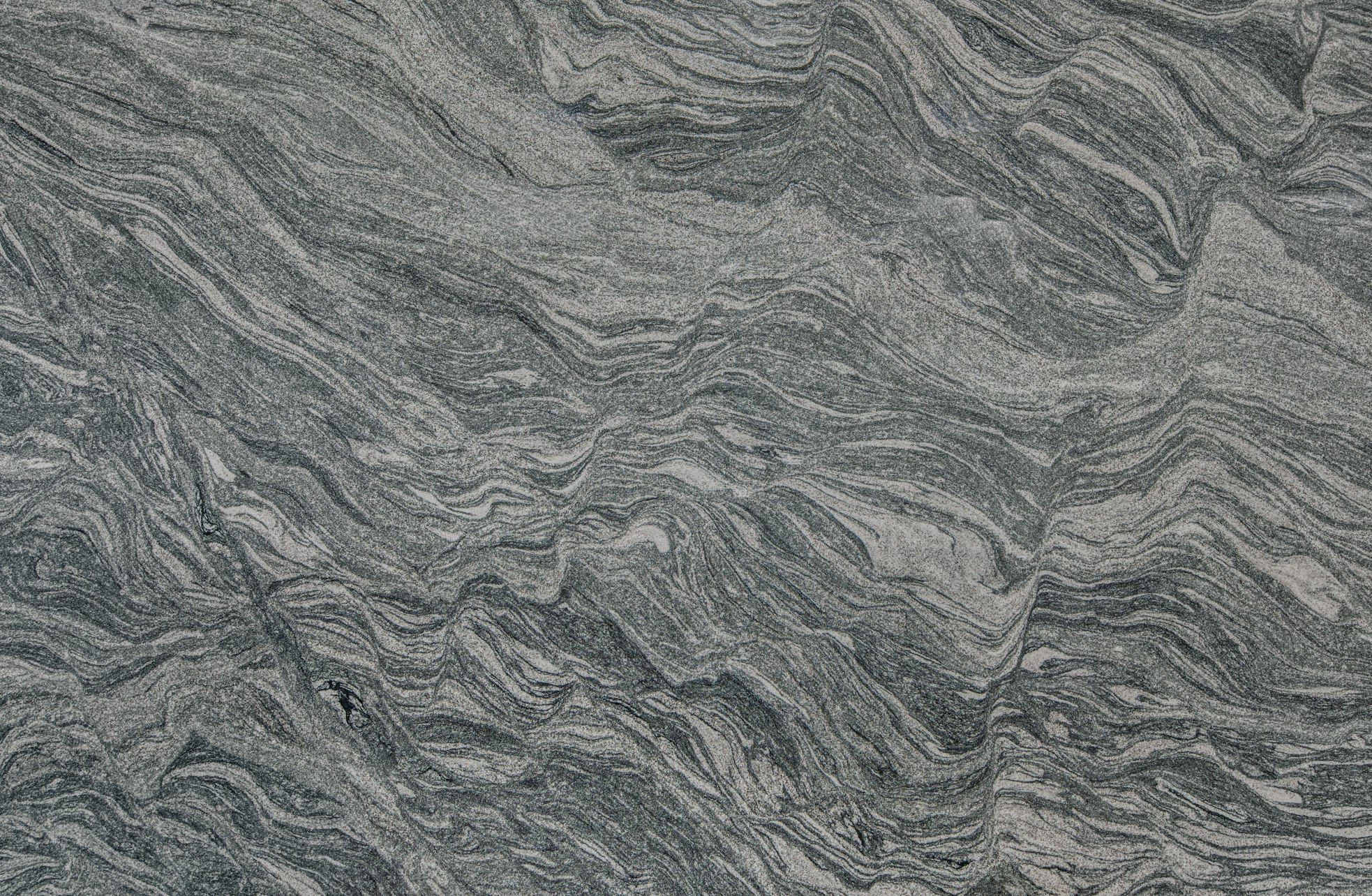https://github.com/itstorque/sandslate
A Minimal Portfolio Theme for Jekyll Sites
https://github.com/itstorque/sandslate
jekyll-theme minimal-portfolio-theme minimal-theme theme website
Last synced: 9 days ago
JSON representation
A Minimal Portfolio Theme for Jekyll Sites
- Host: GitHub
- URL: https://github.com/itstorque/sandslate
- Owner: itstorque
- License: mit
- Created: 2019-12-23T08:34:52.000Z (almost 6 years ago)
- Default Branch: master
- Last Pushed: 2023-04-12T06:05:37.000Z (over 2 years ago)
- Last Synced: 2025-06-21T01:48:48.886Z (4 months ago)
- Topics: jekyll-theme, minimal-portfolio-theme, minimal-theme, theme, website
- Language: CSS
- Homepage:
- Size: 268 KB
- Stars: 2
- Watchers: 1
- Forks: 0
- Open Issues: 4
-
Metadata Files:
- Readme: README.md
- License: LICENSE
Awesome Lists containing this project
README
# Sandslate
A Minimal Portfolio Theme for Jekyll Sites.
Sandslate is a customizable light-weight minimal theme you can use on your jekyll site, whether you are hosting on GitHub or your own servers.
Whether you want a minimal personal portfolio to showcase your work, log your journeys or put your art on, Sandslate is an awesome theme you can use to spice up that portfolio easily.
Preview the theme on Sandslate's official page: [tareqdandachi.github.io/sandslate](https://tareqdandachi.github.io/sandslate/).
## Theme Properties & Customization
### Color Theme
The theme's default color scheme is the light-mode theme, however, this can be changed in the site's settings in `_config.yml` to be in dark mode as such:
```ruby
color_mode: dark
```
The allowed values are `light` and `dark`, otherwise it will default to light-mode.
### Alignment
Changing the alignment of the site affect where the navigation sidebar is and some behavior of the content to match a right-aligned theme.
A right-aligned theme can be chosen for aesthetic purposes, standing out and/or better support for right-to-left languages.
#### Site Definition:
You can change your whole site's alignment in `_config.yml` by adding:
```ruby
right_aligned: true
```
By default, the property is set to `false`, meaning that it should be left aligned.
#### Page Definition:
You can also overwrite the site definition by changing the `alignment` parameter of a page in its front-matter. If left undefined or defined incorrectly, it will default to the site definition of alignment.
The valid values for the alignment parameter are `'left'` and `'right'`, otherwise it will default to the site definition. Here is an example of what front-matter with a page defined alignment might look like:
```ruby
title: Home
layout: home
alignment: left
```
### Changing the main fonts
This theme uses 3 main fonts: `'Allison Script', 'Dancing Script', 'Hind'`.
However, these fonts can all be changed in the `_config.yml`:
```ruby
logo_font: 'Allison Script'
title_font: 'Dancing Script'
content_font: 'Hind'
```
You can also import the fonts from an external link using the `font-link-source` parameter in `_config.yml`:
```ruby
font_link_source: 'https://fonts.googleapis.com/css?family=Dancing+Script:400,700|Hind:300,500,600&display=swap'
```
You can also resort to adding fonts manually by editing `_includes/head.html` or `assets/css/fonts.css`.
## Customizing content
### Multiple Columns of Text
This theme support putting text (`
` tags) into multiple columns on devices that have a large enough window width.
This mainly means laptops and tablets will view them as multiple columns while mobile devices preview it as one block of text.
To do so you can add the class `multicols` or `multicols3` to your text. `multicols` results in the paragraph being seperated into 2 equal width columns, while `multicols3` splits them into 3 columns.
See [how to add classes in markdown](https://) for further details on adding classes to markdown.
### Adding Images
Adding images in markdown is done as such:
```markdown

```
This theme comes with multiple image types, the default being `change this`. Here is a table of properties of images:
---
FILL: THIS
IN: LATER
---
#### Image Embedded Titles
**FILL THIS IN LATER**
### Adding Custom Stylesheets and Scripts
You can specify a stylesheet and script to accompany a page in your page's front matter, with the following attributes: `stylesheet` and `script`. This is an example of a valid front matter with a custom css and js file
```ruby
---
title: 'Home'
layout: home
stylesheet: assets/home.css
script: home.js
---
```
## How to add classes in markdown
To add a class to markdown, you can use `{:.class}` to the beginning of the paragraph. For example, to add the class `multicols` to a paragraph, it would look like this:
```markdown
{:.multicols}
Lorem ipsum dolor sit amet, consectetur adipiscing elit, sed do eiusmod tempor incididunt ut labore et dolore magna aliqua. Ut enim ad minim veniam, quis nostrud exercitation ullamco laboris nisi ut aliquip ex ea commodo consequat. Duis aute irure dolor in reprehenderit in voluptate velit esse cillum dolore eu fugiat nulla pariatur. Excepteur sint occaecat cupidatat non proident, sunt in culpa qui officia deserunt mollit anim id est laborum.
```
The result would be similar to doing that in HTML as such:
```html
Lorem ipsum dolor sit amet, consectetur adipiscing elit, sed do eiusmod tempor incididunt ut labore et dolore magna aliqua. Ut enim ad minim veniam, quis nostrud exercitation ullamco laboris nisi ut aliquip ex ea commodo consequat. Duis aute irure dolor in reprehenderit in voluptate velit esse cillum dolore eu fugiat nulla pariatur. Excepteur sint occaecat cupidatat non proident, sunt in culpa qui officia deserunt mollit anim id est laborum.
```